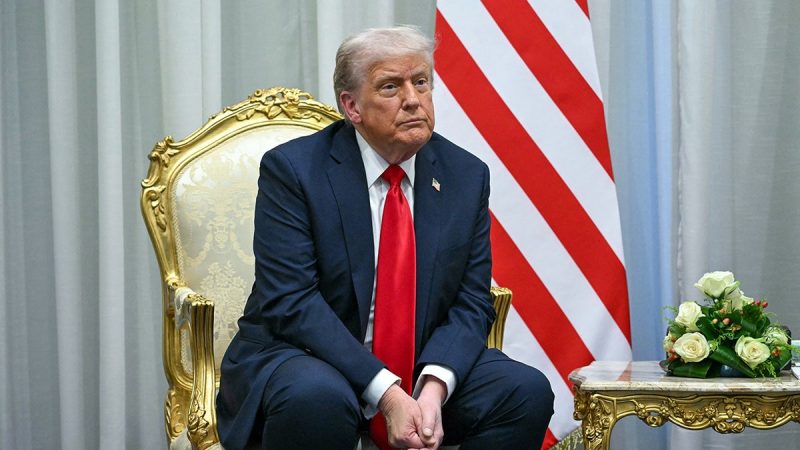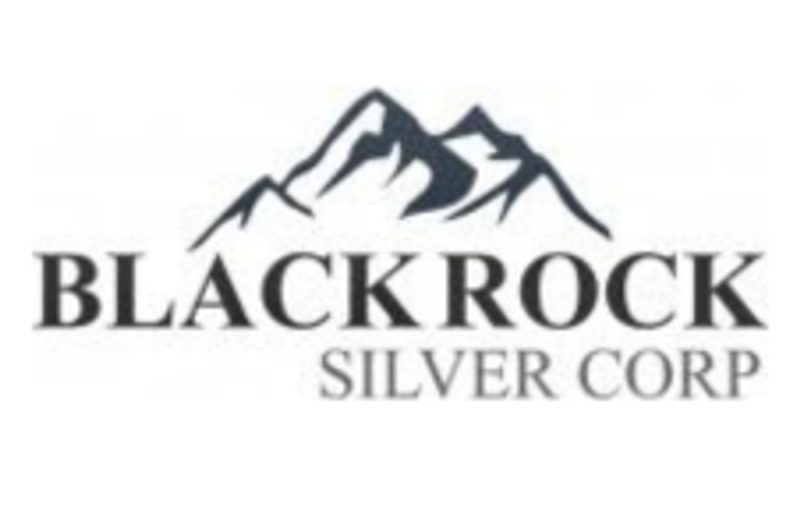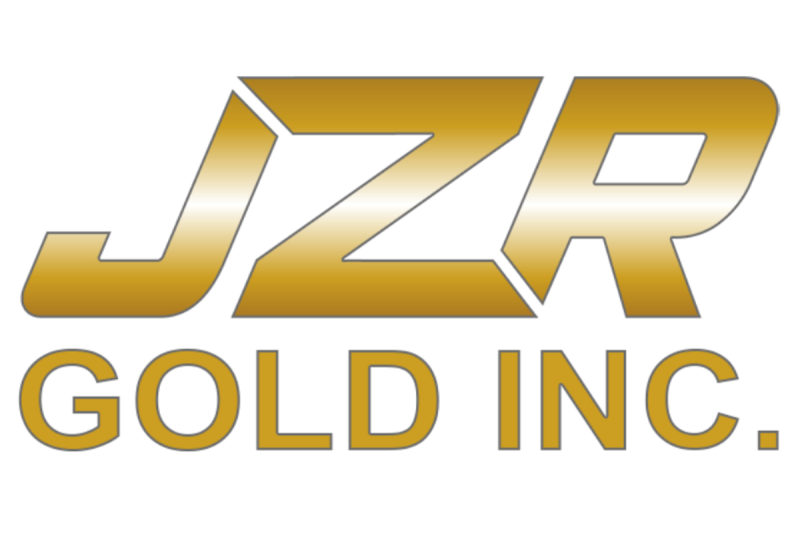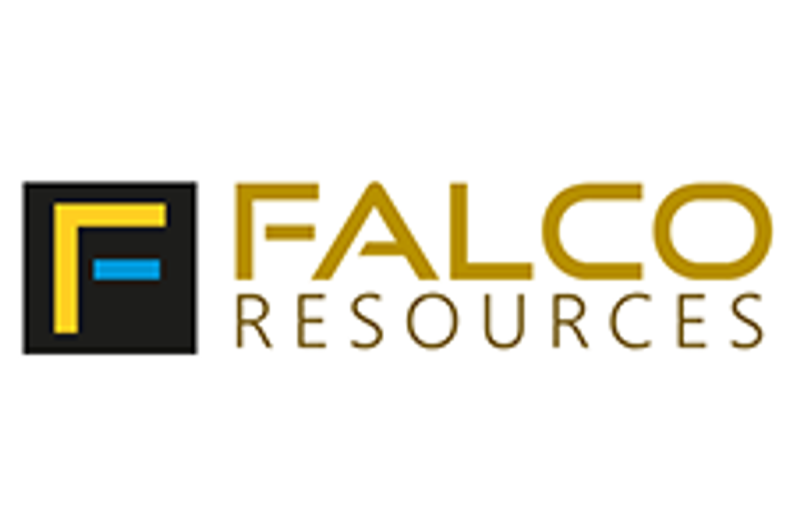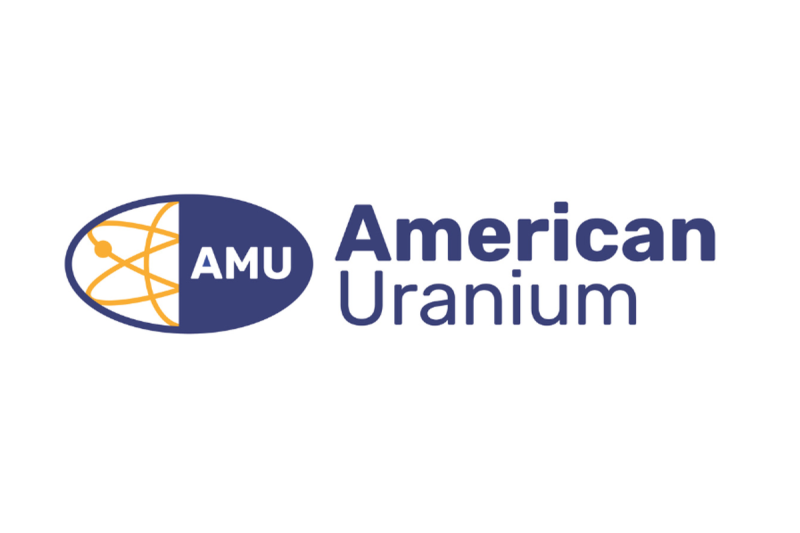Congressional Democrats from Maryland and Virginia warned on Tuesday that they would sue over the administration’s planned firings and threats of no back pay for furloughed workers.
Both have been used as pressure points by the White House to get Senate Democrats to budge from their dug-in position and vote to reopen the government, but until late last week, no direct action had been taken.
Late last month, the OMB circulated a memo that there would be reductions in force (RIFs) beyond the typical furloughs during a government shutdown. It had remained a threat until last week, when OMB Director Russ Vought announced on X on the 10th day of the shutdown, ‘The RIFs have begun.’
Flash forward to Day 14, and Senate Democrats from Maryland and Virginia, states home to tens of thousands of federal employees, showed no signs of caving from their shutdown position despite the firings.
‘When they tell you when they tell you that the shutdown is making them fire these federal employees, do not believe it for a moment,’ Sen. Chris Van Hollen, D-Md., said. ‘That is a big lie. It is a big fat lie. It is also illegal. And we will see them in court.’
The lawmakers also railed against threats that furloughed federal workers would not receive back pay. The Congressional Budget Office (CBO) estimated that roughly 750,000 nonessential federal employees could be furloughed, and their estimated back pay could cost up to $400 million per day.
The threat runs counter to a law President Donald Trump signed in 2019 that required furloughed workers to receive back pay in future shutdowns.
‘The idea that he doesn’t understand that everybody has to get paid back shows maybe how short his memory span is, or how [he] arbitrarily wants to pick and choose,’ Sen. Mark Warner, D-Va., said.
While the lawmakers threatened actions in the courts, Rob Shriver, who formerly served as acting director of the Office of Personnel Management under the Biden administration before taking a position at the non-profit legal services and public policy research organization Democracy Forward, said that a lawsuit was already in motion.
‘As soon as Russ Vought tweeted on Friday, we were on our way back to court to file an emergency motion to stop those unlawful RIFs right in their tracks,’ Shriver said. ‘A hearing on that motion is tomorrow, and no matter what happens, we will continue to fight these illegal RIFs.’
Still, despite the threats from the administration, there has been little progress toward reopening the government. The Senate will again vote on House Republicans’ continuing resolution (CR) Tuesday night, which has so far failed seven times. Both sides are firmly rooted in their positions.
Senate Democrats, led by Senate Minority Leader Chuck Schumer, D-N.Y., want a firm deal in place to extend expiring Obamacare subsidies before open enrollment begins on Nov. 1, while Senate Republicans argue that they are open to negotiating a deal only after the government reopens.
And the actions and threats from the Trump administration appeared to only further steel Democrats’ resolve on the issue.
‘The message we have today is very simple, very simple,’ Van Hollen said. ‘Donald Trump and Russ Vought: stop attacking federal employees. Stop attacking the American people and start negotiating to reopen the federal government and address the looming healthcare crisis that is upon us.’

![Congressional Democrats from Maryland and Virginia warned on Tuesday that they would sue over the administration’s planned firings and threats of no back pay for furloughed workers.
Both have been used as pressure points by the White House to get Senate Democrats to budge from their dug-in position and vote to reopen the government, but until late last week, no direct action had been taken.
Late last month, the OMB circulated a memo that there would be reductions in force (RIFs) beyond the typical furloughs during a government shutdown. It had remained a threat until last week, when OMB Director Russ Vought announced on X on the 10th day of the shutdown, ‘The RIFs have begun.’
Flash forward to Day 14, and Senate Democrats from Maryland and Virginia, states home to tens of thousands of federal employees, showed no signs of caving from their shutdown position despite the firings.
‘When they tell you when they tell you that the shutdown is making them fire these federal employees, do not believe it for a moment,’ Sen. Chris Van Hollen, D-Md., said. ‘That is a big lie. It is a big fat lie. It is also illegal. And we will see them in court.’
The lawmakers also railed against threats that furloughed federal workers would not receive back pay. The Congressional Budget Office (CBO) estimated that roughly 750,000 nonessential federal employees could be furloughed, and their estimated back pay could cost up to $400 million per day.
The threat runs counter to a law President Donald Trump signed in 2019 that required furloughed workers to receive back pay in future shutdowns.
‘The idea that he doesn’t understand that everybody has to get paid back shows maybe how short his memory span is, or how [he] arbitrarily wants to pick and choose,’ Sen. Mark Warner, D-Va., said.
While the lawmakers threatened actions in the courts, Rob Shriver, who formerly served as acting director of the Office of Personnel Management under the Biden administration before taking a position at the non-profit legal services and public policy research organization Democracy Forward, said that a lawsuit was already in motion.
‘As soon as Russ Vought tweeted on Friday, we were on our way back to court to file an emergency motion to stop those unlawful RIFs right in their tracks,’ Shriver said. ‘A hearing on that motion is tomorrow, and no matter what happens, we will continue to fight these illegal RIFs.’
Still, despite the threats from the administration, there has been little progress toward reopening the government. The Senate will again vote on House Republicans’ continuing resolution (CR) Tuesday night, which has so far failed seven times. Both sides are firmly rooted in their positions.
Senate Democrats, led by Senate Minority Leader Chuck Schumer, D-N.Y., want a firm deal in place to extend expiring Obamacare subsidies before open enrollment begins on Nov. 1, while Senate Republicans argue that they are open to negotiating a deal only after the government reopens.
And the actions and threats from the Trump administration appeared to only further steel Democrats’ resolve on the issue.
‘The message we have today is very simple, very simple,’ Van Hollen said. ‘Donald Trump and Russ Vought: stop attacking federal employees. Stop attacking the American people and start negotiating to reopen the federal government and address the looming healthcare crisis that is upon us.’
This post appeared first on FOX NEWS Democrats threaten to see Trump team ‘in court’ over ‘illegal’ firings as shutdown battle escalates](https://firstfingenius.com/wp-content/uploads/2025/10/senate-chris-van-hollen-800x450-1.jpg)
